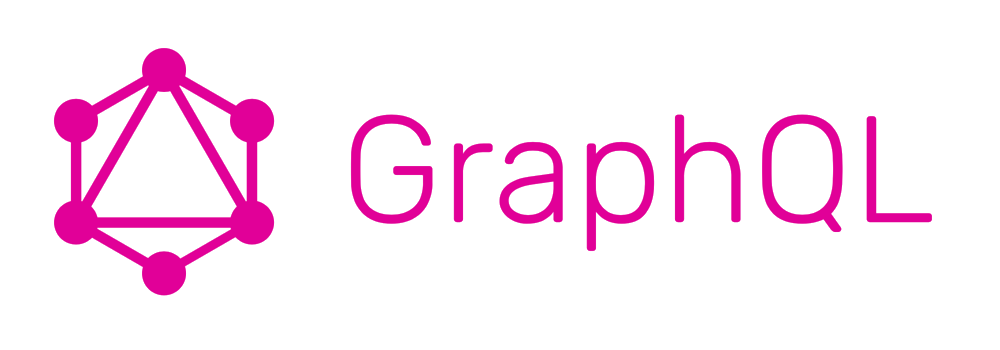Clone this repository to your computer. From the root directory, run npm install and npm start. Note: you will need to have node installed on your computer.
Visit http://localhost:4000/graphql to test that the server is running.
Here are some queries you can test:
{
pokemons {
id
name
}
}
{
pokemon(name: "Pikachu") {
id
name
}
}
-
Right now, the server is only set up to provide the Pokemon's id and name. What if you also wanted to get their weight, attacks, and evolutions?
-
To do that, you will need to update the schema. The schema (in
server/index.js) should model the full data object available. Take a look atserver/data/pokemon.jsto see what other fields you can add to the schema. -
Update your schema so it fully represents your Pokemon data object!
-
Test your work! Go back to GraphiQL to test some queries. Remember, the magic of GraphQL is that you don't have to get back the full data object, even if it is available. Click
Docson the right side of the explorer to see your full schema.
-
The resolvers in
server/index.jsare functions that return the data requested in the queries. You will notice that the names of these functions match the names of the queries listed in the typeQueryin your schema. -
This is where you can add additional types of resolvers. Think about what other types of queries you are interested in and add them here!
- If you want to add a mutation, the structure is a little different. Instead of using the keyword
type, use the keywordinput. Additionally, you will need to create a type calledMutationinside your schema. See below for an example!
input MessageInput {
content: String
author: String
}
type Message {
id: ID!
content: String
author: String
}
type Query {
getMessage(id: ID!): Message
}
type Mutation {
createMessage(input: MessageInput): Message
updateMessage(id: ID!, input: MessageInput): Message
}
- You can continue to test all of this using
localhost:4000/graphql. But let's say you want to connect a frontend to this server. The only endpoint for your server is/graphql– if you are fetching a resource, you will need to POST your query to that endpoint (whether it is a query or a mutation). Suggestion: check out Apollo-Fetch or Apollo-Client.
This meetup was hosted by Code Chrysalis, Japan's only advanced software engineering school focused on developing the next generation of tech leaders.
- IMMERSIVE. Our 12 week program where we give you the skills to become a full stack software engineer with a Silicon Valley mindset.
- FOUNDATIONS. Our part-time prep course for beginners who want to get started learning how to code.
- ENGLISH PREP. Our part-time class where we teach conversational English in an interactive way.
